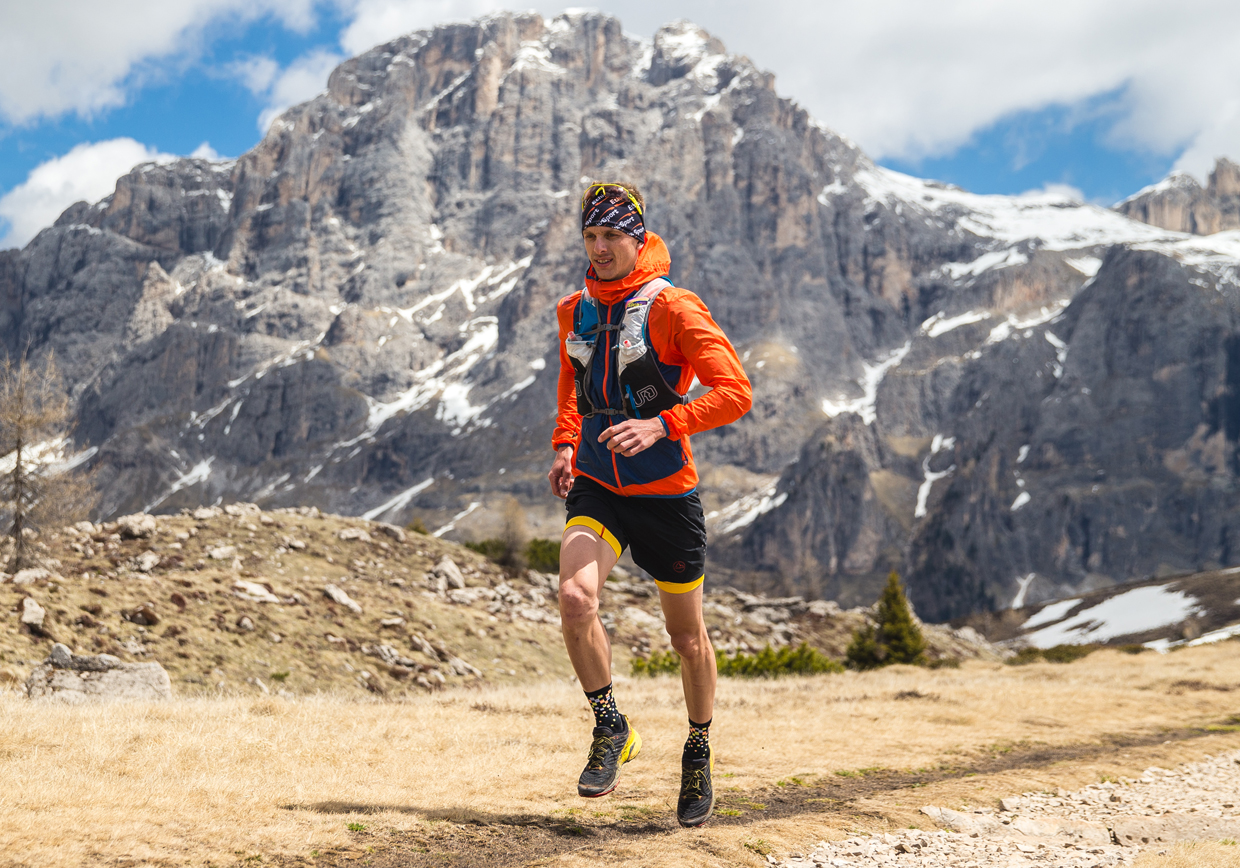Do you want to optimize you trail running performance? Let’s come to the TRF in Cortina and you will have more than a trail running camp… you will be a part of THE Trail Running Camp. There are some tips and tricks that a trail runner can apply for improving his performance:
- Train your ability to walk during uphill. Indeed, it has been demonstrated (Giovanelli, Ortiz, Henninger, & Kram, 2016) that during uphill the energy consumption is lower if the athlete choose to walk (where it is steep and running is slower than 6-7 km/h). But you have to train to walk fast during the races.
- Choose to use the poles during steep uphill, but do not use them on flat terrain. Several studies have demonstrated that up to 15% of incline the use of poles require more energy than walking without them, even if the perceive exertion is lower (Hansen & Smith, 2009; Pellegrini et al., 2015). There are not studies in which the use of poles is analyzed at 40-60% of incline (which are common uphill sections during a trail running races) but from a pilot study that we are performing at the University of Udine we saw that the use of poles on steep incline can be advantageous!!!
- When it is possible choose to use a vest instead of a bottle around the hip. When the weight is on the upper back, the energy cost of walking is lower than when we put the weight in the lower back (Abe, Muraki, & Yasukouchi, 2008). Minimizing the energy cost means to enhance the endurance performance.
- Train your strength with an easy home-based strength explosive and plyometric training. In a recent study in which we enrolled mountain runners we demonstrated that with only 3 sessions per week of home-based training protocol it is possible to improve the cost of running and, consequently, the running performance (Giovanelli, Taboga, Rejc, & Lazzer, 2017)
- Train the uphill, but do not forget the downhill. The downhill performance is ignored many times because runners make the mistake to think that everyone can run downhill. We can improve the downhill performance (and reduce the injury risk) by adding specific exercises to our training program. In particular, we can add exercises that require an eccentric contraction (step down, squat jump…) or using some special device to accentuate the eccentric overload (isoinertial machine)
- Avoid consuming too much liquid or solid immediately before a downhill. The impacts during downhill running may induce gastrointestinal issues that can be prevented by feeding during the uphill.
- During downhill running use your arms to adjust your balance, do not look at your feet but 10 meters ahead of you and do not be scared, just keep pushing!!
If you want to learn these and other tricks for improving your performance in trail running join us in Cortina!
Author: Nicola Giovanelli
References:
Abe, D. et al. (2008). Ergonomic effects of load carriage on the upper and lower back on metabolic energy cost of walking. Appl Ergon, 39(3),
Giovanelli, N et al. (2016). Energetics of vertical kilometer foot races; is steeper cheaper? J Appl Physiol (1985), 120(3), 370-375.
Giovanelli, N., et al. (2017). Effects of strength, explosive and plyometric training on energy cost of running in ultra-endurance athletes. Eur J Sport Sci, 1-9.
Hansen, E. A., & Smith, G. (2009). Energy expenditure and comfort during Nordic walking with different pole lengths. J Strength Cond Res, 23(4), 1187-1194.
Pellegrini, B., et al. (2015). Exploring Muscle Activation during Nordic Walking: A Comparison between Conventional and Uphill Walking. PLoS One, 10(9), e0138906.

